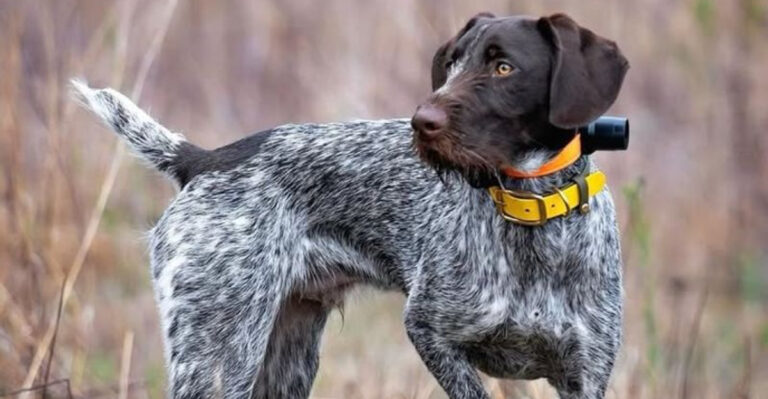17 Signs Your Dog Understands More Than You Think

Ever get the feeling your dog knows exactly what you’re thinking? Those head tilts, knowing stares, and perfectly timed reactions aren’t just coincidence. Dogs are incredibly perceptive animals, often picking up on subtle cues we don’t even realize we’re giving.
From body language to tone of voice, they’re constantly reading us – and understanding more than we might believe.
1. Understanding Commands
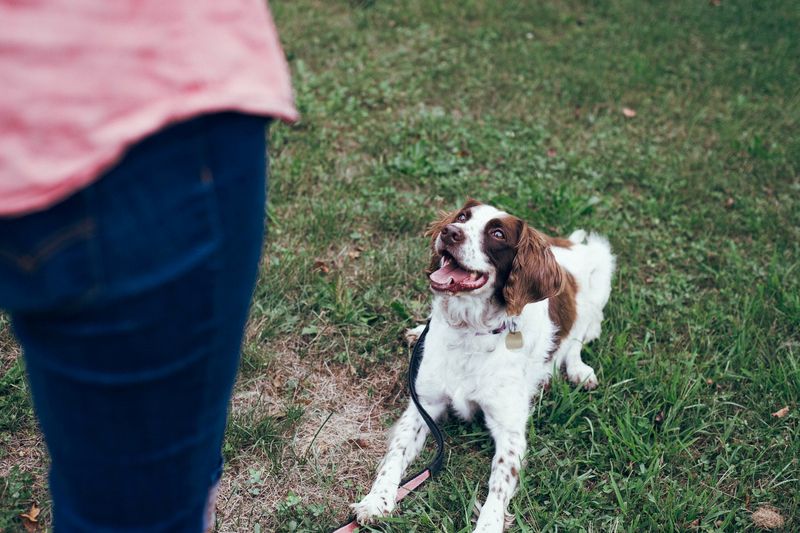
Dogs don’t just hear words; they comprehend commands. When you say ‘sit’ or ‘stay,’ your pup isn’t just reacting to your tone – they’re understanding.
Training a dog reveals their capacity to grasp words and associate them with actions. Consistent practice shows your furry friend can distinguish different commands and follow through, making every training session a testament to their intelligence.
2. Mirroring Emotions

Ever noticed your dog cuddling you when you’re down? This isn’t coincidence. Dogs have an exceptional ability to sense emotions.
When you’re sad, they offer comfort by mirroring your feelings with gentle nudges or cuddles. Their emotional intelligence is astonishing, allowing them to be empathetic companions.
3. Reading Body Language
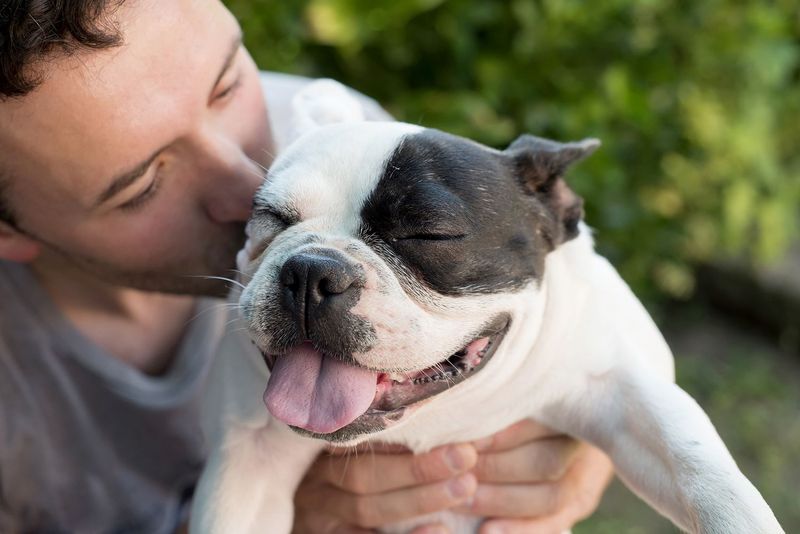
Dogs are body language experts. They don’t just listen with their ears, but observe with keen eyes.
Ever notice your dog sitting eagerly when you reach for the leash? They know it’s walk time!
Their ability to read your movements and react accordingly is a clear sign of understanding. From understanding hand gestures to recognizing when you’re getting ready to leave, dogs are masters at interpreting human cues.
4. Recognizing Names
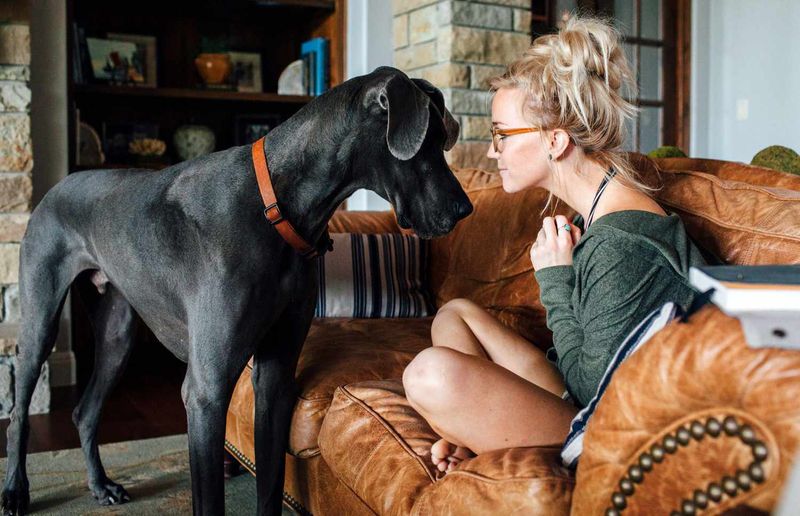
Call out a dog’s name, and you’ll likely see their ears perk up. This isn’t just a reaction to a familiar sound; it’s recognition.
Dogs can discern their names from other words, showcasing an ability to differentiate and prioritize certain sounds. Whether you’re calling them for dinner or simply chatting, they understand their name signifies attention.
5. Following Routines

Dogs thrive on routine and can even anticipate daily activities. Notice how your pup is waiting by the door when it’s walk time? They remember patterns and predict what’s next, showcasing their understanding of time-related cues.
Their anticipation and readiness for routine tasks highlight how well they understand and adapt to human schedules. This behavior not only emphasizes their cognitive abilities but also their desire to be an integral part of daily human life.
6. Reacting To Tone

Your tone of voice matters more than you think. Dogs can discern nuances in human speech, responding differently to praise versus scolding.
When you use a happy tone, they wag their tails in joy. Use a stern voice, and they may cower or look guilty. This ability to react to tonal differences shows their sensitivity to human emotions and vocal cues.
7. Showing Empathy

Dogs are natural empathizers. When someone is upset, dogs often come over to provide comfort. It’s their way of showing understanding.
Their empathetic nature is one of the reasons they make such excellent therapy animals. This behavior illustrates their ability to connect with human emotions and respond with compassion.
8. Enjoying Shared Activities
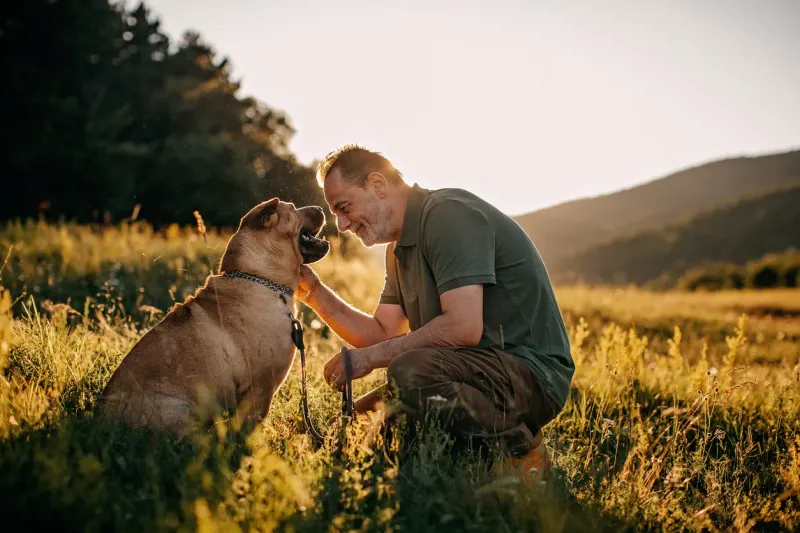
Dogs love being part of the action. Whether it’s jogging, playing fetch, or simply hanging out, they relish shared activities. This isn’t just about fun; it’s about connection.
They understand the joy of companionship and the value of shared experiences. Their eagerness to join in and participate with humans indicates they comprehend the importance of bonding activities.
9. Understanding Gestures
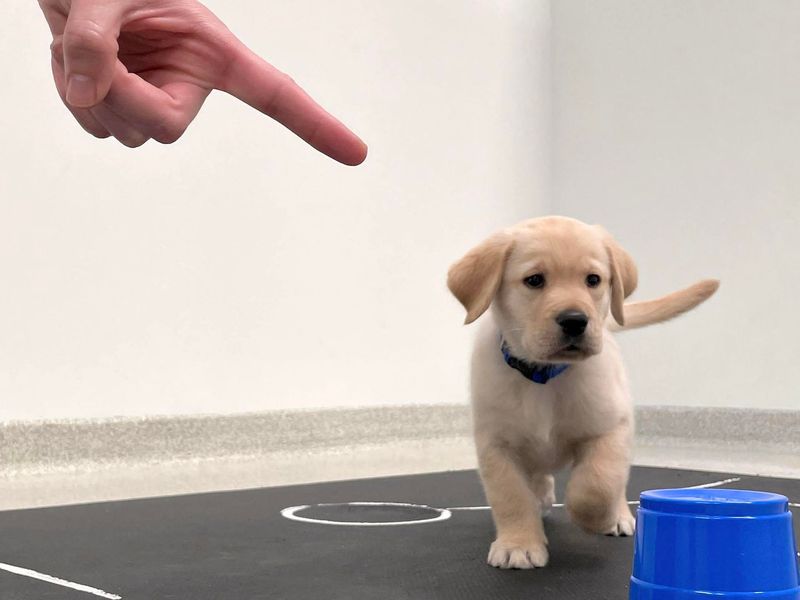
Dogs are incredibly attuned to gestures. Point at a ball, and watch them fetch it. They interpret gestures with impressive accuracy, understanding what different signals mean.
This skill is not just about training; it’s about communication. Whether it’s a wave or a nod, dogs comprehend these non-verbal cues, proving their insight into human communication methods.
10. Anticipating Needs
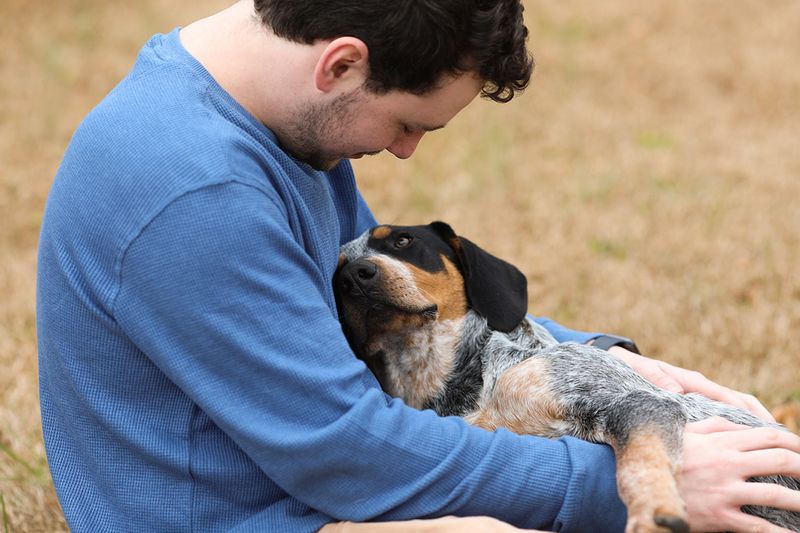
Dogs often anticipate what we need before we ask. They bring the leash when it’s time for a walk or nudge you when it’s mealtime.
Their anticipation is not just about their own desires but about being in tune with human schedules. This behavior highlights their role as attentive companions who are always ready to be at our side, understanding and fulfilling what we require.
11. Responding To Emotions

Dogs respond to emotional cues with remarkable accuracy. If you laugh, they get excited; if you cry, they offer comfort.
They’re not just reacting to sounds; they’re interpreting feelings and acting in ways that align with our moods. This empathetic response is what makes dogs such cherished companions, always ready to match our emotional states with their actions.
12. Listening For Keywords

Dogs often respond instantly to specific words, like “walk” or “treat,” with eager body language and alert expressions. They’re not simply reacting to noise – they recognize familiar terms that matter to them.
That kind of reaction reveals how closely they pay attention to our speech and how much they understand. It’s a charming sign of how well they tune into our world in their own special way.
13. Offering Protection
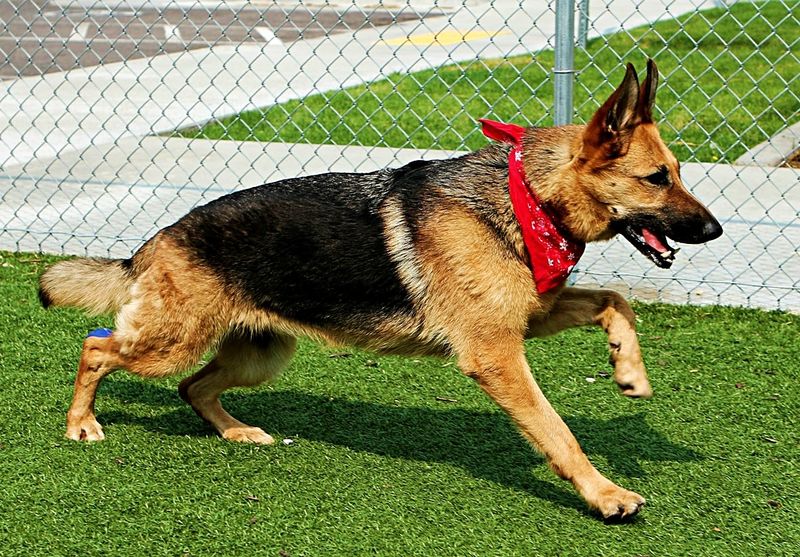
Dogs have a natural instinct to protect their human companions. Their alertness to potential danger and protective stance are clear indicators of their understanding of safety.
This behavior showcases their loyalty and awareness of human vulnerability, understanding the importance of their role as protectors. It’s a testament to their deep bond with humans, always ready to defend and stand by their side.
14. Understanding Boundaries
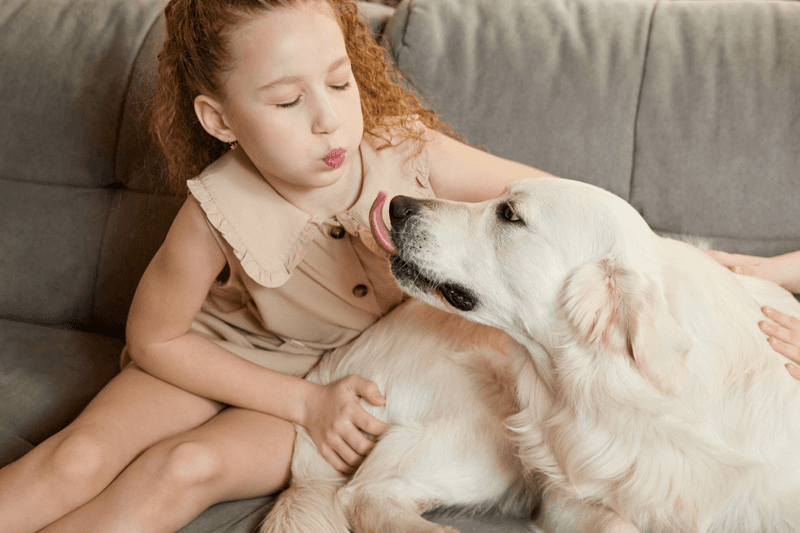
Dogs can learn and respect boundaries, whether physical or verbal. They know when not to cross a line, literally and figuratively.
Their ability to respect boundaries shows their grasp of rules and expectations set by humans. It’s a reflection of their intelligence and adaptability, aligning their behaviors with human-defined spaces and limits.
15. Imitating Actions
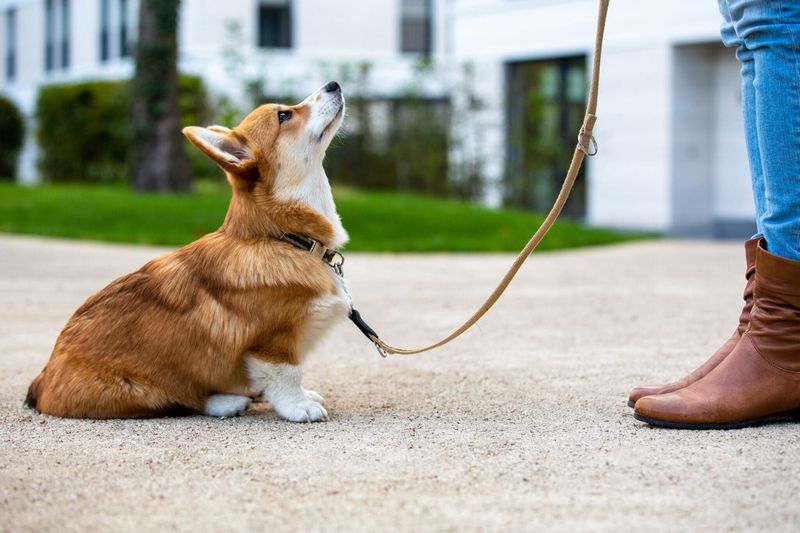
Imitation is the sincerest form of flattery, and dogs excel at it. Watch as they ‘sit’ when you sit or stretch when you stretch.
They observe and replicate our actions, showing a level of understanding and engagement. This mimicking behavior reveals their cognitive skills and desire to connect through shared activities.
16. Sensing Weather Changes
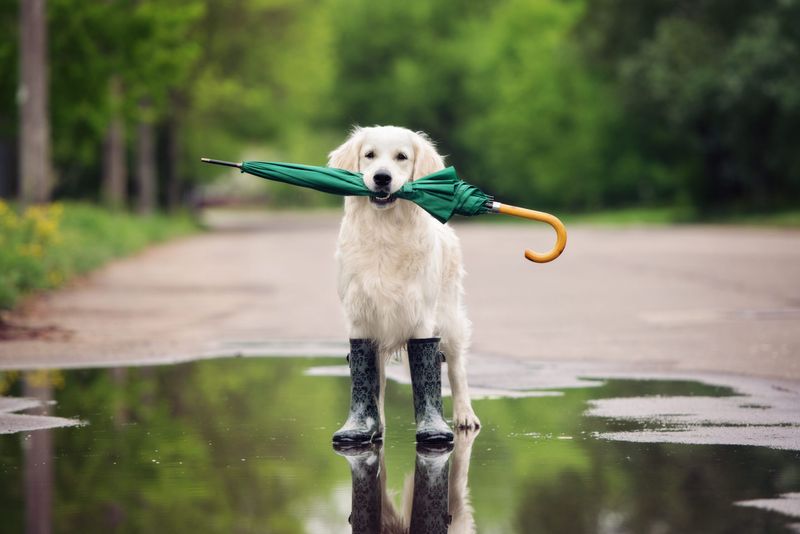
Ever notice your dog pacing before a storm? Their ability to sense weather changes is remarkable.
Dogs can pick up on barometric pressure shifts and changes in humidity, making them surprisingly accurate forecasters. Your furry friend might become restless, bark, or show signs of anxiety as they anticipate the weather’s turn. Each dog’s response varies, creating a unique bond with their environment.
17. Detecting Illness In Humans

With a nose that knows, dogs can detect illness in humans. Their olfactory senses are incredibly sensitive, allowing them to smell biochemical changes.
Some dogs have been trained to alert owners to specific medical conditions, like diabetes or seizures. The bond between human and canine grows stronger when dogs naturally identify these changes.

